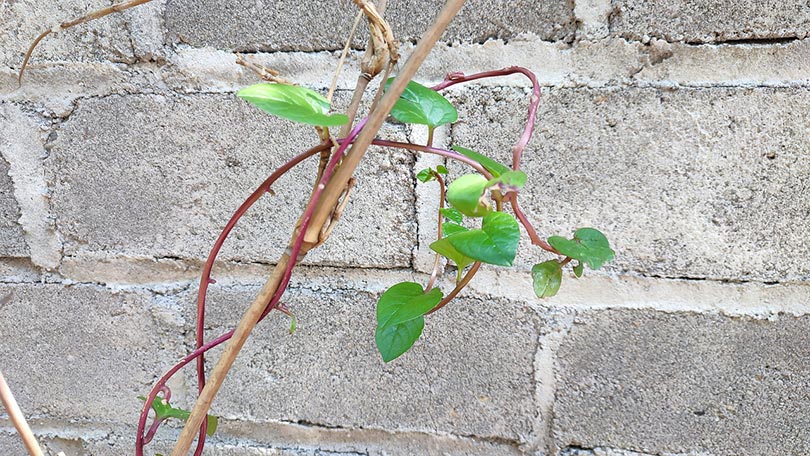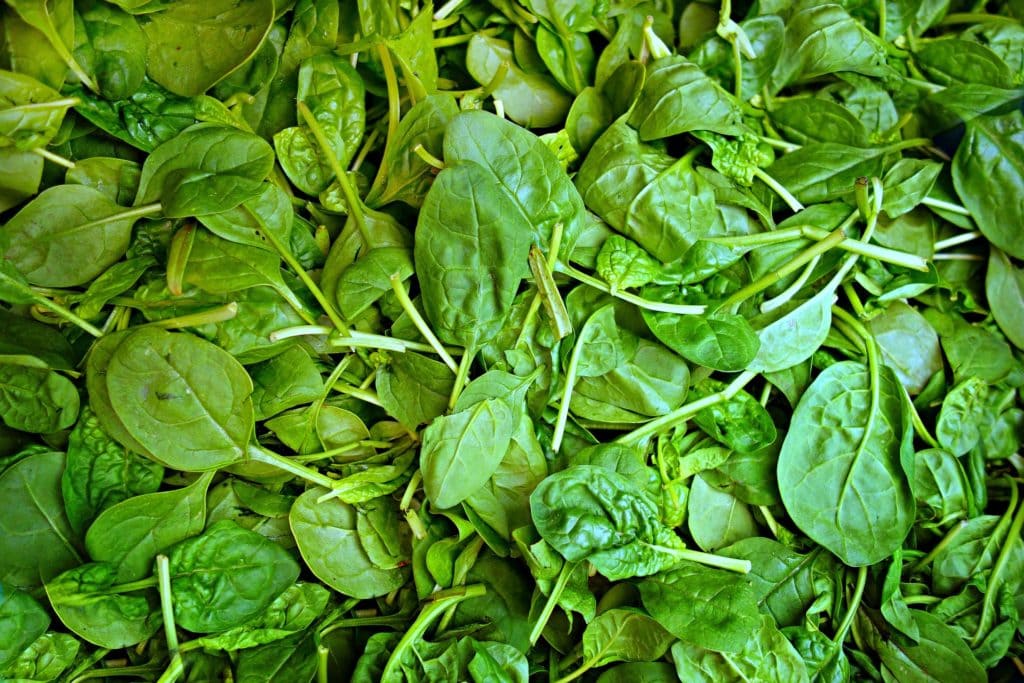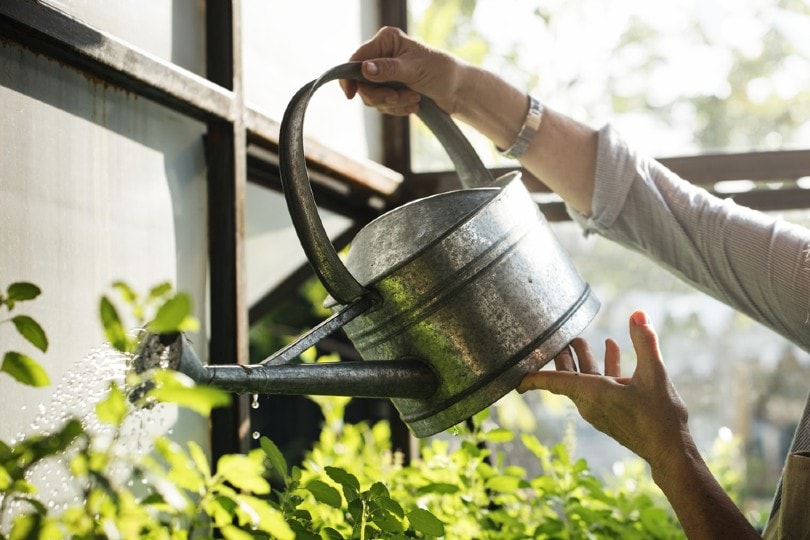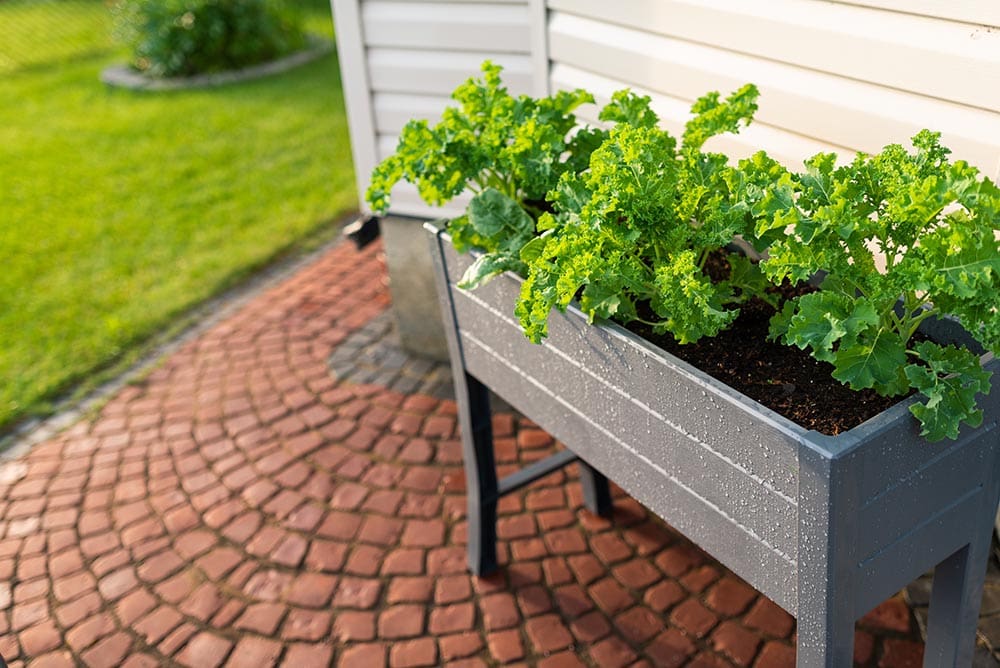How To Grow Spinach Indoors: Tips, Tricks & Step-by-Step Guide
-

- Last updated:

Spinach is one of the most popular and loved vegetables. It takes first place amongst vegetables in terms of iron content and second place in protein content. For all spinach lovers looking for a way to have access to this great vegetable all year round, we have some tips and tricks to help guide you through the process.
Following the tips outlined below, you can forget about buying spinach again—you will always have fresh spinach on the table that you have grown yourself!

What Makes Spinach So Great
Spinach is appreciated by everyone who follows a healthy and varied diet, especially vegetarians and others who do not consume meat. Spinach leaves contain large amounts of magnesium, calcium, folic acid, potassium, iron, and vitamins. The high content of folic acid makes it valuable for pregnant women, and it is even given to small children in the form of puree to prevent bone diseases.
Growing spinach at home is an excellent way to incorporate this vegetable into your diet and make it accessible for everyday use. It’s pretty simple to grow spinach indoors. To make this project as effortless and fun as possible, read on below.

Before you Begin
The cultivation of any crop begins with the selection of the seed. Among the spinach varieties, you should choose a high-yielding hybrid variety for planting on a window sill. There are three main types of spinach, and these types are best for growing indoors:
Smooth
Smooth spinach is widely spread and the most common of all varieties. It has an entirely smooth surface, making it effortless to clean the leaves.
Savoy
Savoy spinach is distinctive by its crinkled low-growing leaves. This type of spinach is also known for handling cold weather very well, so it can thrive even in colder conditions. Savoy spinach requires regular maintenance by cleaning the leaves thoroughly.
Semi-savoy
Semi-savoy spinach is in between savoy and smooth varieties when it comes to the looks of the leaves. It is less wrinkled than the savoy type, but it still differs from the smooth spinach. It grows high and upright and is much easier to clean. This type is not that susceptible to diseases, so it requires little maintenance to be healthy.

The Step-By-Step on How to Grow Spinach Indoors
To grow spinach at home, you need to prepare seeds, a mixture of soil, and appropriate pots in which you will grow the spinach. Even though you need only the basics to grow this vegetable indoors, it is crucial to learn how to nurture it properly.
1. Seed
Seed preparation involves soaking for one day in warm water and then for a few more hours in a solution of potassium parchment. This procedure is necessary for the disinfection of seeds. There are some varieties of spinach whose seeds do not germinate quickly—so some types may need up to 2 days of soaking in biostimulants.
2. Soil
Spinach grows well in light, nutritious, and porous soil mixtures of neutral acidity, which can be prepared from two-part coconut fiber and one-part vermicompost. It is necessary to use drainage when planting. At the bottom of the pot, it is best to put expanded clay in a layer of 1 to 1,5 inches and then cover it with a moist substrate.
3. Pots
When you choose the pot where you want to plant spinach, it is important to decide upfront how you plan to cultivate this vegetable. If you plan to replant, the pot may be smaller, but it is better to get a larger pot immediately if you do not expect to transplant seedlings.
Before you plant the seeds, the soil must be well moistened. After the drainage is placed in a pot and filled with substrate, you can plant the seeds. The pot is then covered with glass until the first shoots appear.
4. Temperature
Spinach is a plant resistant to cold, and its seeds can germinate even at a temperature of 42.8°F. However, when it comes to home conditions, the optimal temperature is 59°F to 63°F. In such conditions, the first shoots appear in about a week. Temperatures above 68°F accelerate the growth of spinach and lead to rapid release of the stalk. To prevent this, you must always maintain the optimum temperature and monitor the moisture carefully.
5. Watering

Spinach should be sprayed with water several times a day. Watering must be done regularly but carefully because both dry soil and excessive moisture are harmful to the plant.
6. Nutrition
After the first shoots appear, it is necessary to add top dressing to the soil. For this, it is best to use liquid fertilizers. If the soil mixture was saturated with nutrients before planting, feeding it further will negatively affect the spinach leaves.
7. Light

Creating conditions as close as possible to nature is necessary to cultivate spinach at home properly. Lighting plays a significant role in cultivation. If spinach is planted in the spring, and the window on which it grows faces the sunny side, we can assume there will be enough light. Sometimes strong and direct sunlight can burn the leaves, so some shade is recommended.
If the plants are planted in winter, additional lighting is necessary. You should apply artificial lighting, such as grow lights, in winter or cloudy weather for at least 2 hours a day.
8. Harvesting
Spinach is ready for harvesting when the plant has 5–7 leaves; in early-maturing varieties, this happens about 3–4 weeks from when you planted the seed. The leaves can be plucked at once, leaving only the middle, but experienced gardeners recommend removing about half of the greenery. This technique allows you to extend the harvest period by several weeks.
Spinach leaves must be carefully broken off or cut off—you cannot pull and tear them off as this can damage the whole bush. It is best to harvest spinach in the morning or late in the evening because when harvested during the day, it will wither quickly. Like all plant crops, spinach is harvested until flower stalks are formed on the—after flowering, the leaves become tough and bitter.

How to Propagate Spinach
After the stem and flower formation, the plant must dry out further, which you will notice by the stems turning brown. The dried parts of the stalk with the formed fruit containing the seeds should be cut off and the pods crushed with fingers to separate the spinach seeds. After collecting these seeds, you can pack them in paper bags and store them until you plan on growing them again.
The seeds are best planted in a moist substrate. The soil should be watered from time to time so it doesn’t dry out. Even after the first shoots appear, continue with regular and frequent watering. When four leaves appear on the plants, they are ready for planting into individual pots.

Tips and Tricks on Growing Spinach Indoors
- Provide optimal temperature for your plants because low temperatures during growth affect the quality of the leaves (leaves are smaller, thicker, and more wrinkled).
- Spinach can accumulate nitrates, potentially becoming harmful, especially for children under one year. Nitrates themselves are not dangerous, but when ingested in large quantities, they can cause methemoglobinemia, which in extreme cases can be fatal. Nitrites are primarily found in the stalk, so using only the leaf part reduces the possible harmful effects.
- To prolong the spinach growing season, experienced gardeners recommend cutting off the tops of the shoots of adult plants, which contributes to the creation of new leaves.
- There are many different spinach types when it comes to the taste of this vegetable. If spinach is grown for the first time, gardeners recommend sowing several varieties at once to test out which type suits your conditions best. The harvest takes place within 2 months or so, during which time you can decide which you will give preference to in the future.

Final Thoughts
Spinach is one of the most rewarding vegetables to grow. It is an excellent food source of iron, calcium, and vitamins A, B, and C. Spinach is relatively easy to grow, and it is incredibly beneficial for health if consumed regularly. Even if you do not have a garden, spinach is excellent for growing indoors.
This article should serve as a guide for planting spinach indoors, and hopefully, will help you be as successful as possible.
Featured Image Credit: dedimukhlas, Pixabay
Contents
